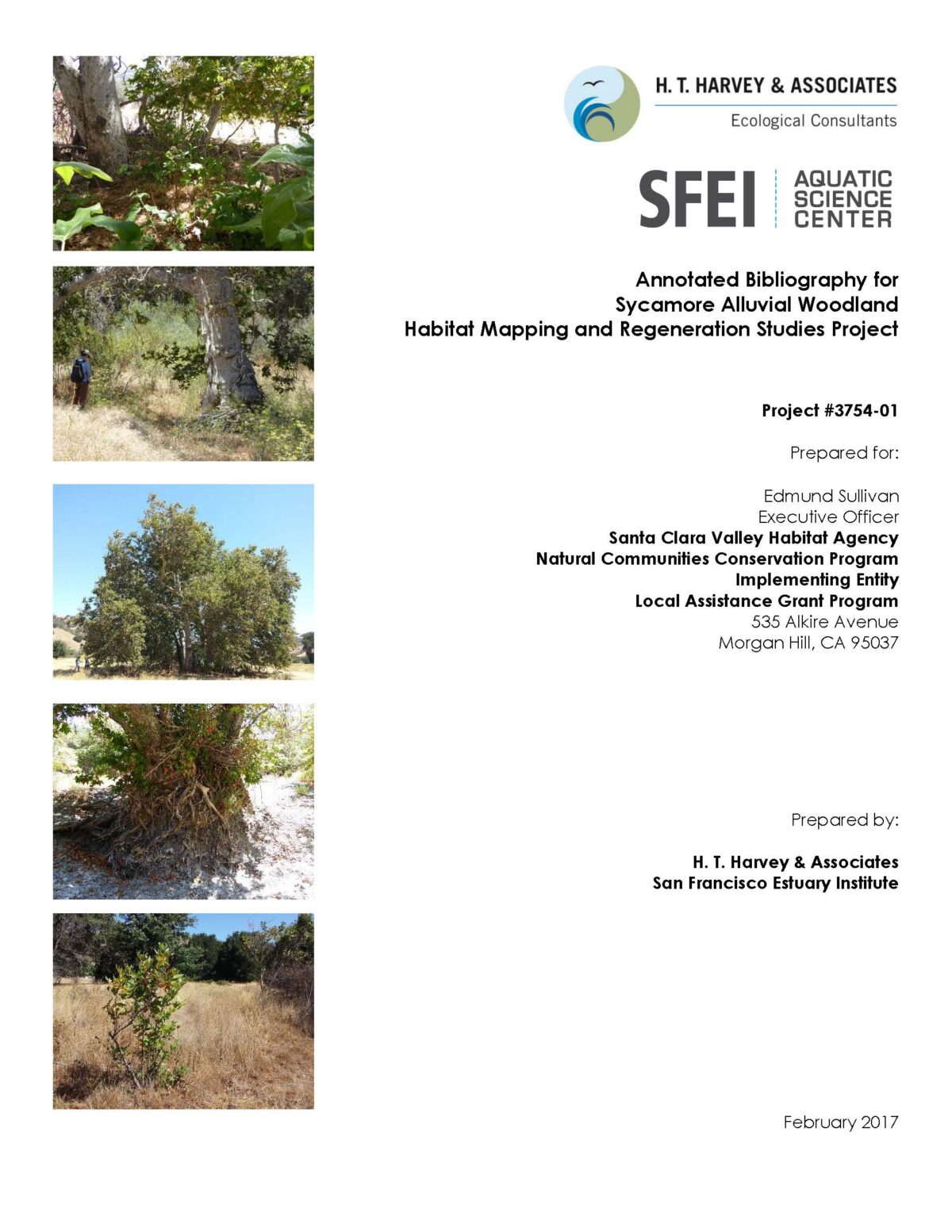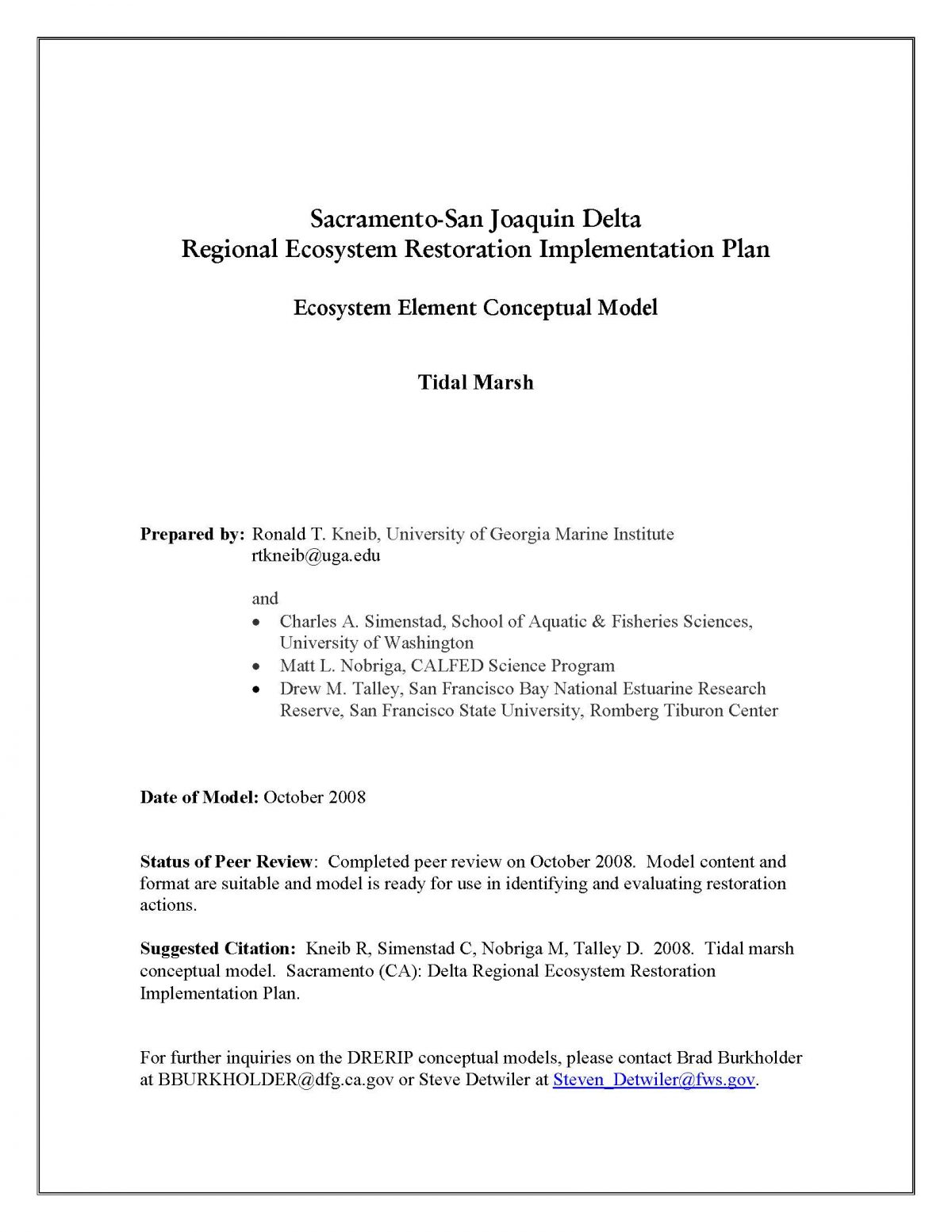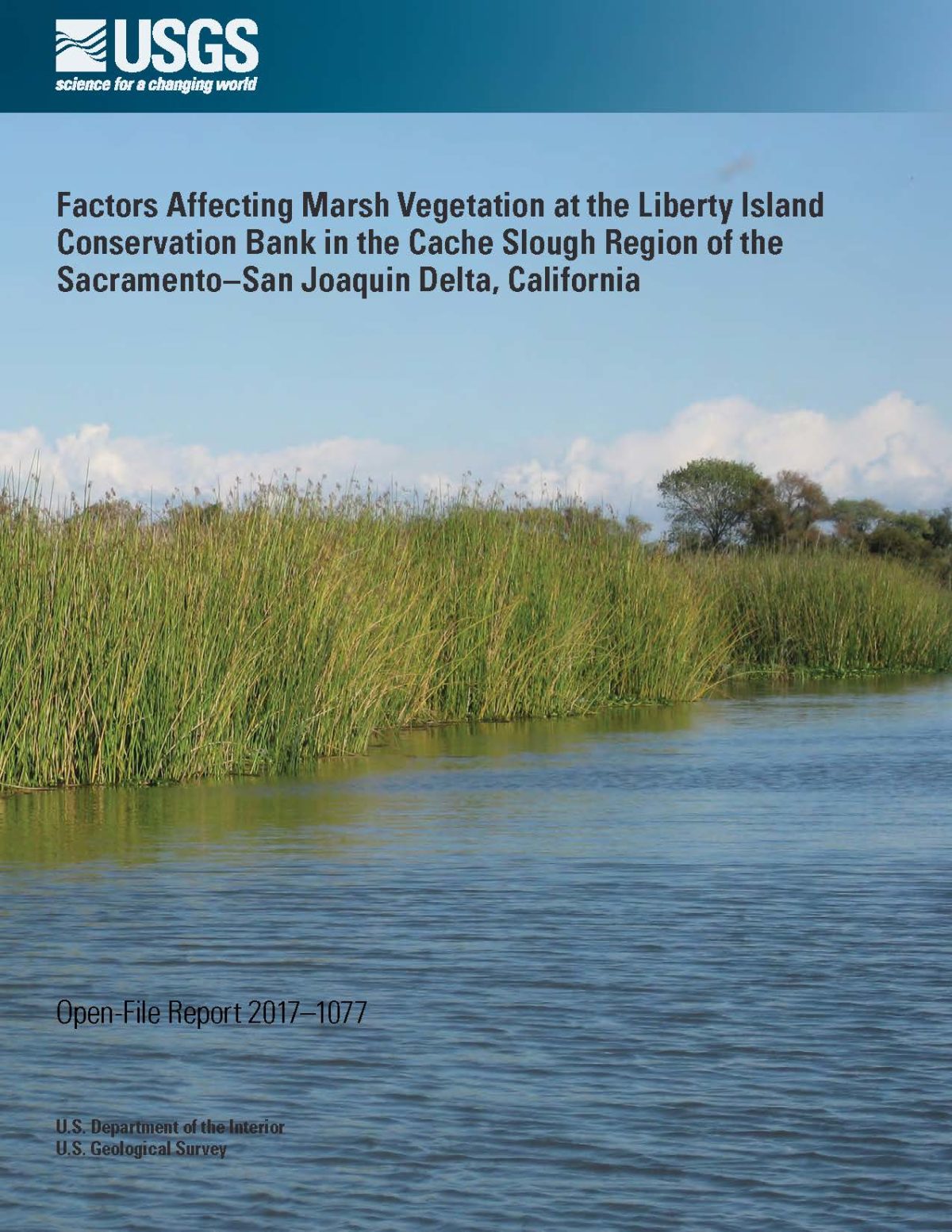
The California sycamore (Platanus racemosa) is a riparian tree native to California and northern Baja California. California sycamore is the dominant species in sycamore alluvial woodland (SAW), a habitat type defined as open to moderately closed, winter-deciduous broad-leafed riparian woodland dominated by well-spaced Platanus racemosa (Holland 1986), and California sycamore also occurs in the “Platanus … Continue reading “Annotated Bibliography for Sycamore Alluvial Woodland Habitat Mapping and Regeneration Studies Project”

Record-breaking extreme storms were a hallmark of 2017 in the United States. An extremely wet winter on the West Coast and brutally damaging hurricane season in the U.S. Southeast and the Caribbean challenged communities and power-, water- and flood-management systems in ways that raised climate change concerns. Among the most severe were two periods of … Continue reading “Hydroclimatic Extremes as Challenges for the Water Management Community: Lessons from Oroville Dam and Hurricane Harvey”

Tidal marshes are a subset of estuarine wetlands defined by the presence of emergent vegetation types uniquely adapted to sheltered intertidal zones of temperate and subtropical coastal plains (Chapman 1960, 1976, Mitsch & Gosselink 1993). They are found across a full range of salinity conditions from seawater on the immediate coast to freshwater tidal reaches … Continue reading “DRERIP Ecosystem Restoration Model: Tidal marsh”

The Liberty Island Conservation Bank (LICB) is a tidal freshwater marsh restored for the purpose of mitigating adverse effects on sensitive fish populations elsewhere in the region. The LICB was completed in 2012 and is in the northern Cache Slough region of the Sacramento–San Joaquin Delta. The wetland vegetation at the LICB is stunted and … Continue reading “Factors Affecting Marsh Vegetation at the Liberty Island Conservation Bank in the Cache Slough Region of the Sacramento–San Joaquin Delta, California”



